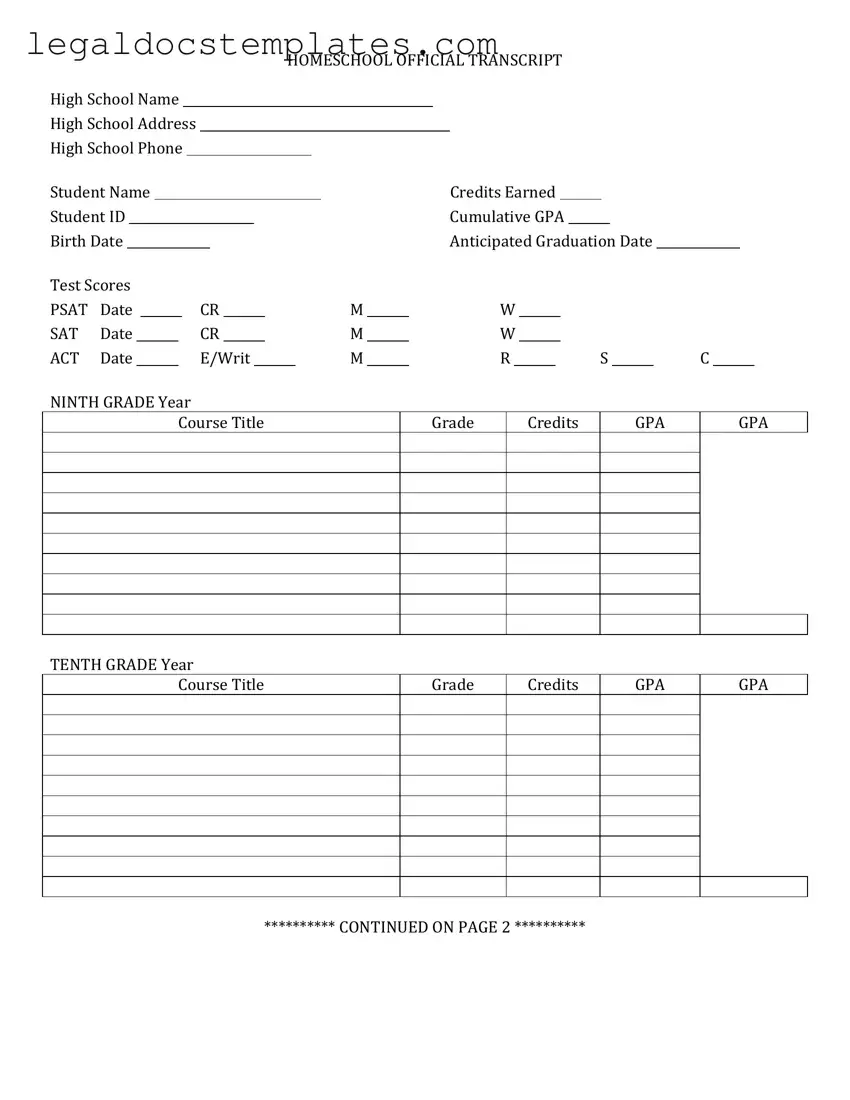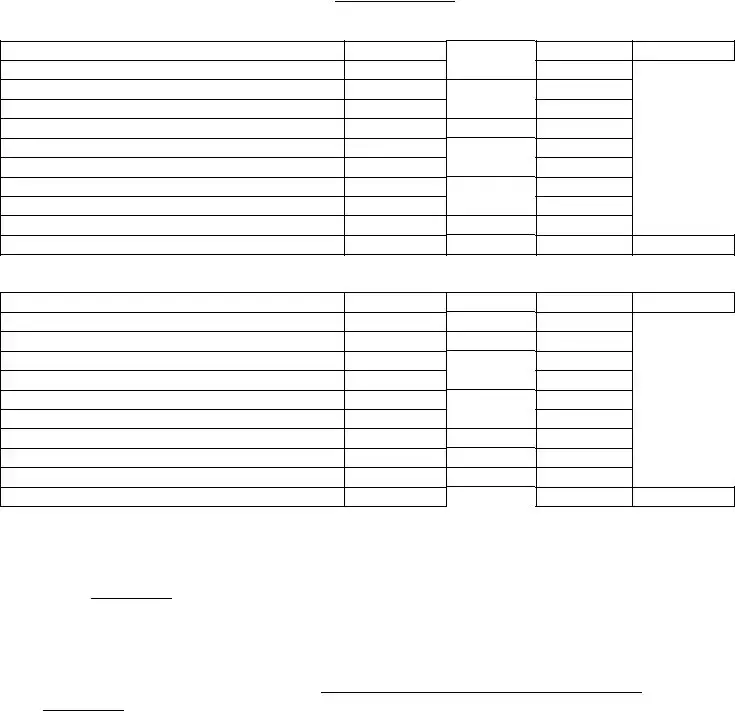A college transcript is a document very similar to a high school transcript. Both serve as official academic records, documenting a student's courses, grades, and credits. Where high school transcripts are crucial for college applications, college transcripts are often required for graduate school admissions or job applications. These documents function as proof of one's academic achievements and coursework in detail.
Employment records share similarities with high school transcripts, as both summarize past performance and qualifications. An employment record details a person's job history, including positions held, duration of employment, and sometimes performance appraisals, much like a transcript outlines academic performances and accomplishments over time. This makes both documents important for evaluating an individual's past to determine their suitability for future opportunities.
A resume, while more condensed and targeted, bears resemblance to a high school transcript. Both aim to represent an individual's qualifications, with resumes focusing on both academic and professional experiences tailored to specific jobs or careers. Like transcripts, resumes highlight achievements, skills, and experiences that can demonstrate a candidate's potential to employers or admissions committees.
The General Educational Development (GED) certificate is another document with parallels to the high school transcript. While a high school transcript documents coursework completed over several years, a GED certificate verifies that an individual has met high school-level academic skills in a testing format. Both are key educational documents that can unlock further educational and employment opportunities.
Professional certifications or licensure documents can also be compared to high school transcripts. These certifications validate a professional's skills and knowledge in a specific area, much like how a transcript attests to the academic achievements within a high school curriculum. Each certificate or license, like each high school course grade, supports the credibility and qualifications of its holder.
Annual performance reviews from a workplace have elements in common with high school transcripts. They both assess the individual's performance over a specific period. While performance reviews measure job performance against expected objectives, high school transcripts track academic success across different subjects. Both are used to gauge progress and identify areas for improvement.
A portfolio, particularly in creative or technical fields, functions somewhat like a high school transcript by showcasing the individual's best work or achievements. Whereas a transcript provides a detailed record of academic performance, a portfolio offers tangible evidence of skills, creativity, and accomplishments. Both are critical in assessing an individual's preparedness and potential for future success.
Medical records, though different in content, are akin to high school transcripts in that they provide a comprehensive documentation of one's history - in this case, health history instead of academic history. They record vital information that professionals need to make informed decisions, just as transcripts inform educational institutions or employers about academic readiness.
Last, a passport might also be viewed as sharing some features with a high school transcript. While fundamentally different in function—one being a travel document and the other an academic record—both document the bearer's journey. A passport shows entry and exit from countries as part of travel history, whereas a high school transcript details the academic journey through courses, grades, and milestones achieved.


